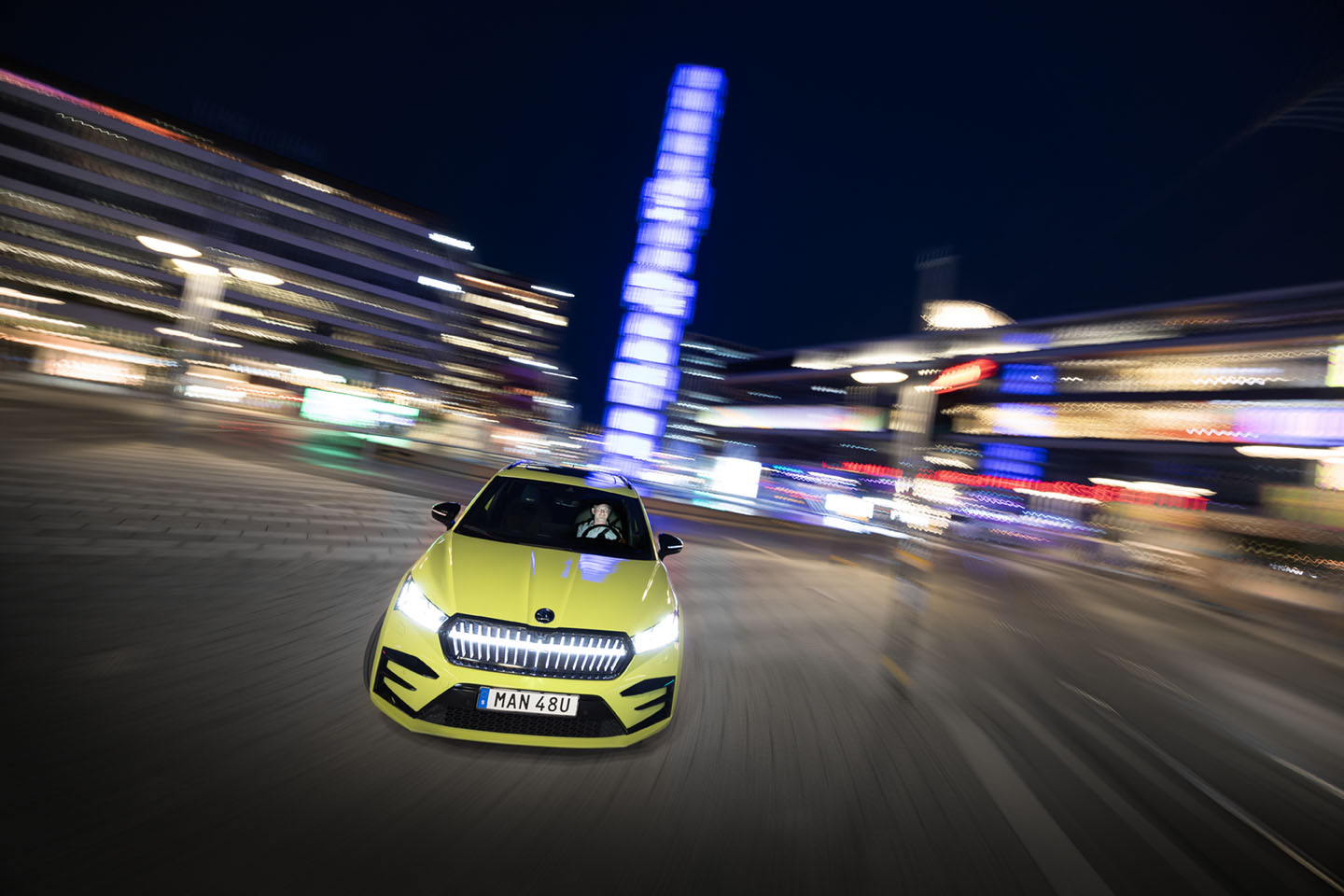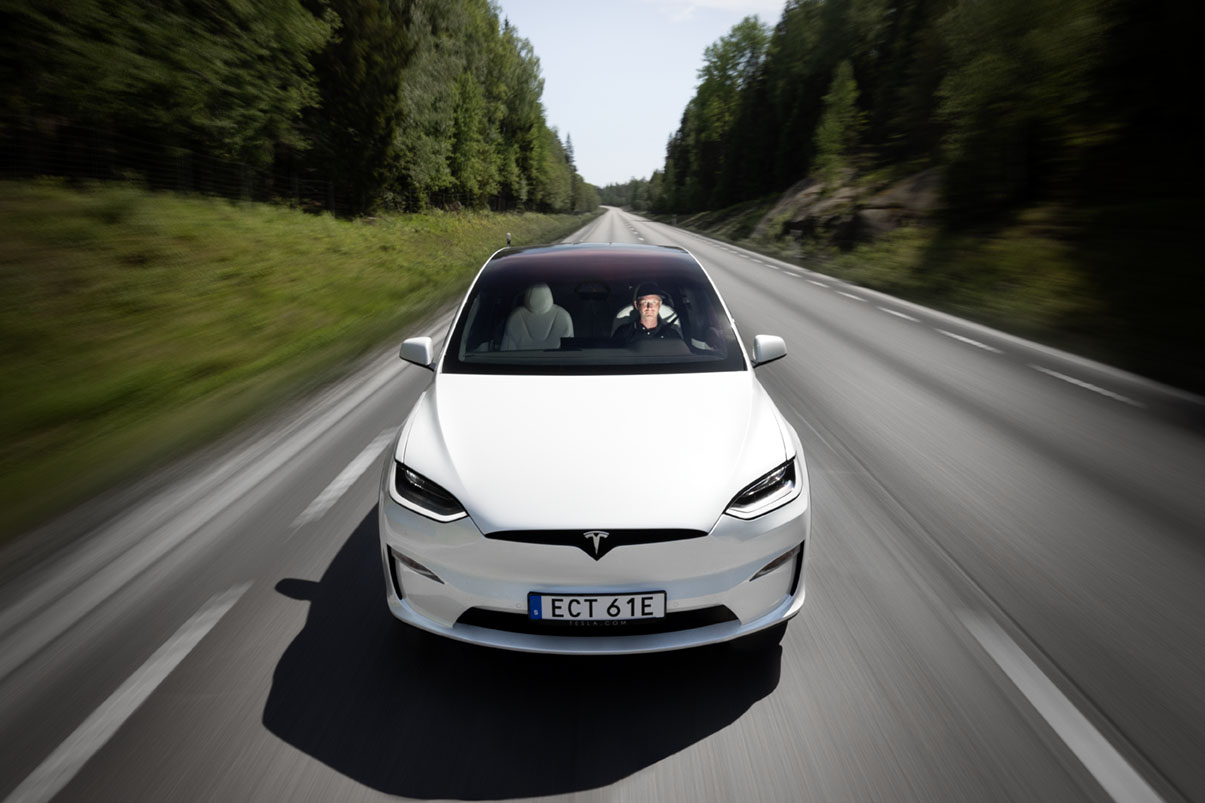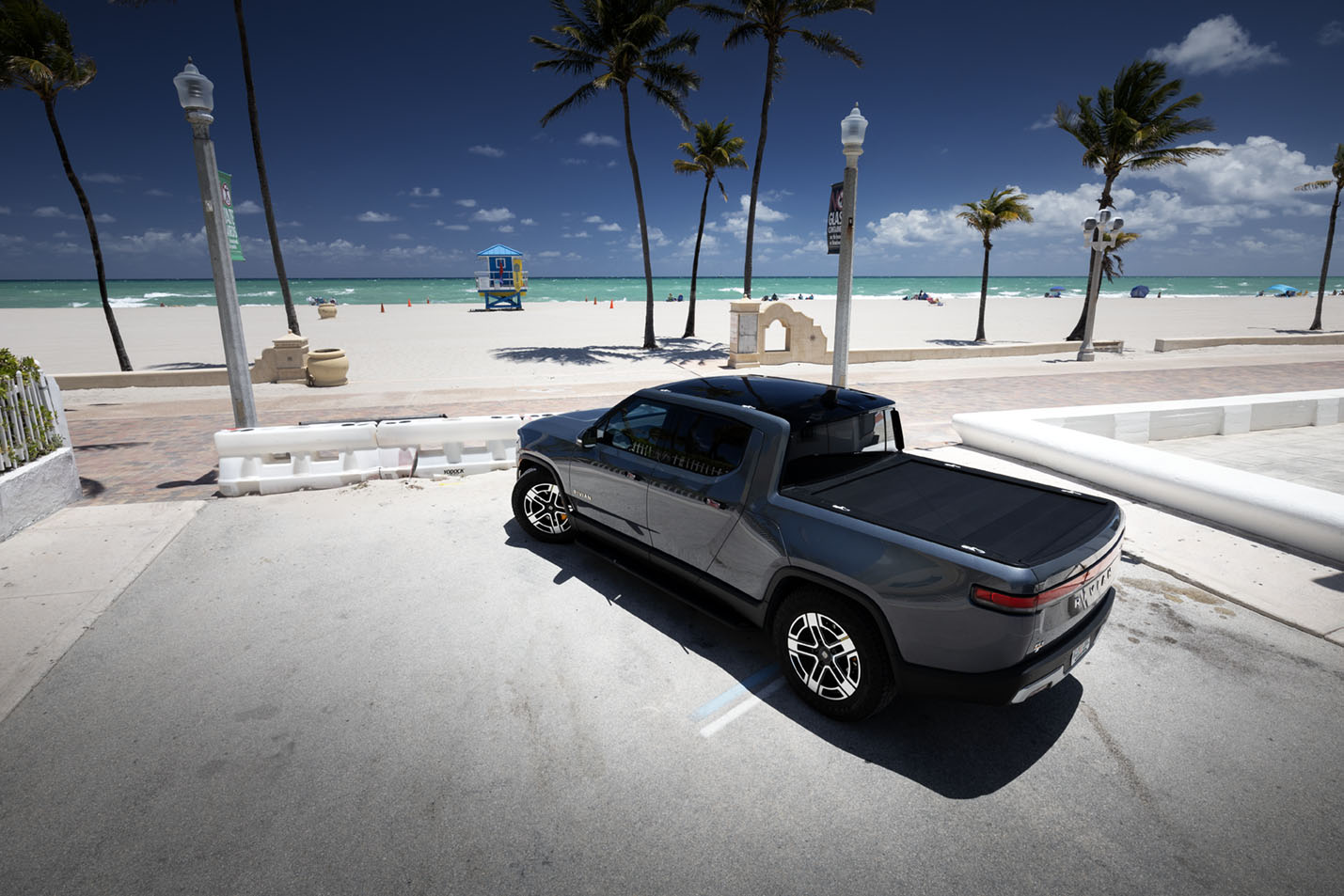The article was originally produced on September 28, 2019, some facts and prices may have changed since then.

The Camry is back and in really frugal form. Cars Collection has test driven this bestseller which has now made a comeback in Europe.
But first a little about the brand. The company was founded in the 19th century by Sakichi Toyoda who built looms which revolutionized the Japanese textile industry. In 1933, they started manufacturing passenger cars and later changed their name from Toyoda to Toyota. After the Second World War, the brand quickly became the largest in Japan and eventually established itself in both Europe and the United States. In 2018, Toyota was the world’s second largest car manufacturer after Volkswagen. In third place came Renault-Nissan-Mitsubishi.

The name Camry is a European phonetic interpretation of the Japanese word ”kanmuri” which means ”crown”. Originally, the name Camry was an addition and intended for the four-door version of the Celica. In 1980, the first Celica Camry saw the light of day in a Toyota Corolla store in Japan. The first generation Camry, on the other hand, appeared in 1982 when it went on sale in Japan. With 700,000 units sold annually, the Camry is the best-selling sedan in the world. A total of 19 million units are on the market in 100 different car markets. For 15 years, the Camry has not been sold in Europe, but now it is back.
The name Camry is a European phonetic interpretation of the Japanese word ’kanmuri’ meaning ’crown’
Camry belongs to the larger sedan segment. As an example of this, the luggage compartment, which is 524 litres, is actually larger than that of a Volvo S90. As a driver, you sit excellently with a low seating position and plenty of room even as a passenger in the back. The design of the instrumentation and controls is, as usual when it comes to Japanese car brands, sharp and with slightly different lines than we are used to in Europe. It is absolutely nothing negative, but you may need time to get used to it if you come from a car like Audi, BMW or Mercedes where this type of line selection does not occur. The choice of materials for the interior is not quite as high as previously mentioned brands, but the quality is still very high class, especially the leather upholstery on the seats.
If you choose the premium package, which costs 25,000 extra, you get an adjustable rear seat, a sound package from JBL, sun protection curtains for the side and rear windows and a head up display. With that, the Camry actually feels quite luxurious. A major disadvantage, however, is that the new Camry cannot be had with Apple CarPlay. However, Toyota themselves say that this is a matter of time but cannot answer when it might appear.
In terms of driving, it takes some time to get used to the CVT box, something we mentioned earlier here at Enliven. It is a stepless gearbox similar to the one found in mopeds. Thanks to the torque during acceleration, the car shifts continuously. If you are not used to it, you feel that the engine is running at high speed constantly. Once you get used to it, however, you get a relatively harmonious ride and if you don’t let the gas go full, the Camry should be able to get ahead under half a liter per mile. In addition, the new Camry has hybrid operation, so at low speeds in town and when you start the car runs silently on electric power.
Whether the new Camry will be a big seller or not remains to be seen. However, the greatest interest in this model can be thought to be within the taxi profession, where it will probably fit perfectly.
Toyota Camry 2.5 Hybris
| Basic price | From SEK 384,900 |
| Engine | 2.5-liter gasoline engine, 177 hp. Torque 221 Nm. Electric motor 88 kW. A total of 218 hp |
| Transmission | Front engine, continuously variable transmission, front wheel drive |
| Acceleration | 0-100 in 8.3 seconds |
| Top speed | 180 km/h |
| Fuel consumption mixed driving according to the manufacturer | 0.43 l/mile |
| Weight: | 1,660 kg |
| Guarantees | New car 3 years, wagon damage 3 years, 12 years rust |
| Web | www.toyota.se |




